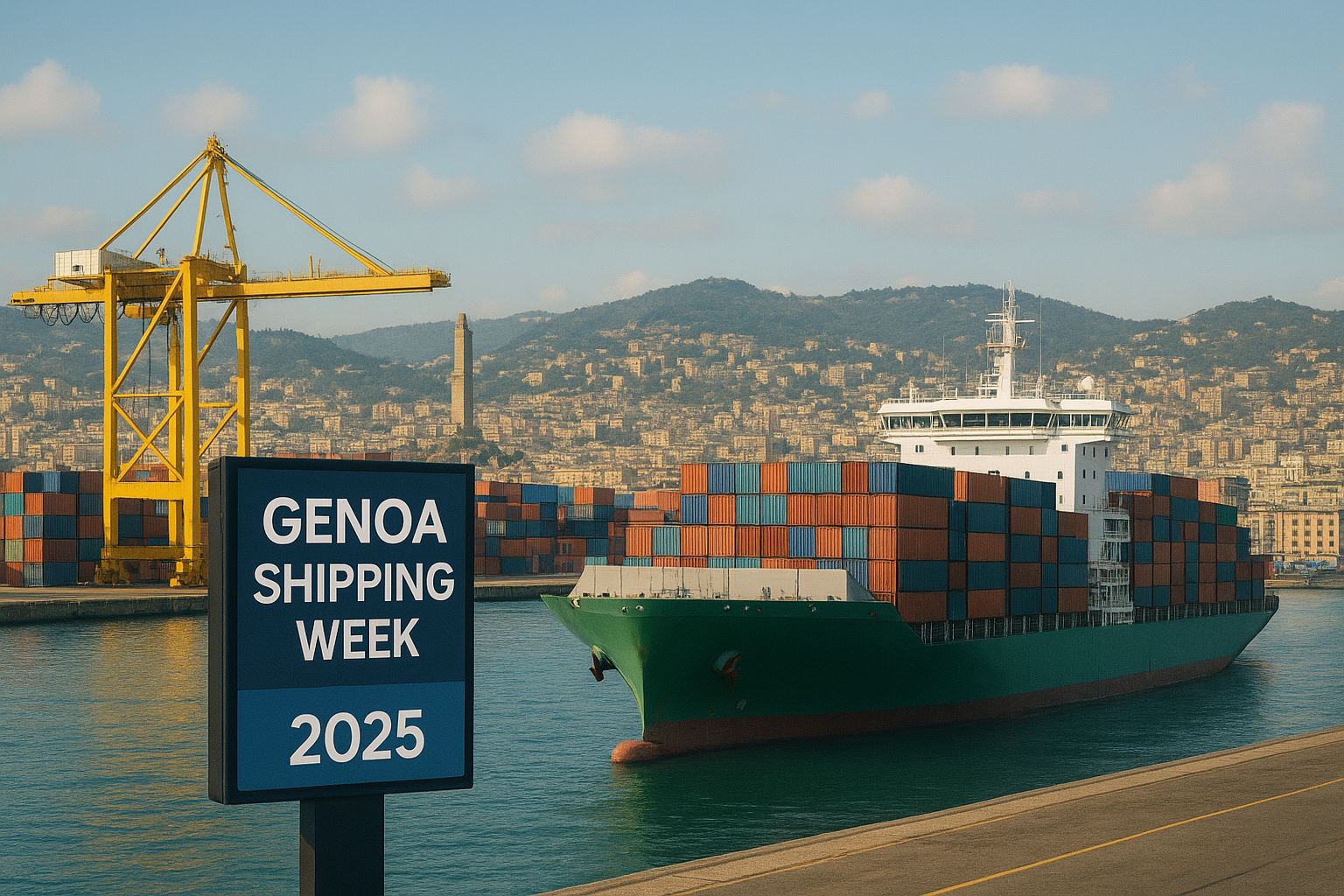The dry bulk market is navigating through turbulent times, with a series of concerning news coming from China and the ongoing trade war. As the world wonders what will happen after the escalation of tariffs between the United States and China, the sector is already feeling the impact. The latest statistics don’t leave much room for optimism.
In March, Chinese iron ore imports dropped to their lowest point in 20 months, with a more than 6% fall compared to the previous year. While some of these figures are influenced by external factors, like cyclones in Australia and the end of the Chinese New Year holidays, it’s hard to ignore the downward trend. Yet, the surprise doesn’t end there: despite a slight increase in sea-borne prices, China saw an overall 7.8% decrease in iron ore imports during Q1 2025. This is a clear signal that global turbulence is eroding demand.
But it’s not just iron ore that’s struggling. Coal imports also saw a sharp decline, down 6% year-on-year, while domestic prices continue to fall. This is why, for example, Cerrejón, the Colombian coal mine owned by Glencore, announced it would reduce its production for 2025. This is not only a problem for the coal market but for the entire dry bulk sector, which relies on a steady flow of commodities to keep maritime traffic moving.
Things aren’t looking great either for the soybean and unwrought copper markets. Soybean imports plummeted by 36.8% compared to last year. And while China traditionally relied on the U.S. for imports, the trade war has shifted the landscape, pushing the country to turn to other suppliers like Brazil. However, things aren’t running smoothly here either: Brazil’s harvest is delayed, and port congestion is making matters worse, further reducing volumes.
The situation isn’t just about falling volumes anymore; it’s about a full-on economic stagnation that seems to have hit the core of the industry. Chinese export numbers, although positive in the short term, are the result of a pre-tariff rush, and the question is: how long will this last? While exports are expected to rise in the near future, there’s a risk that volumes will drop off in the coming months, especially if the internal economic situation doesn’t improve.
For some, there’s still hope that China will respond to these challenges with massive economic stimulus, but this doesn’t seem to be on the horizon. While new bank loans have seen a recovery, deflation continues to linger, with consumer prices falling for the second consecutive month. China seems to be in a state of limbo, and the big question now is: when will the Chinese government intervene to turn things around?
In this context, the outlook for the dry bulk market remains gloomy. The balance between supply and demand seems more fragile than ever, and the challenges of the coming months are clear. The trade war, internal policies, and fluctuations in global markets are reshaping the commercial landscape in ways that seemed unthinkable just a few months ago. For those operating in the sector, the keyword seems to be “resilience”: a market that adapts to ongoing challenges and, despite everything, keeps moving forward, albeit with ups and downs.
Sources: Affinity Research, Business Recorder, Reuters, Economic Times, SCMP






